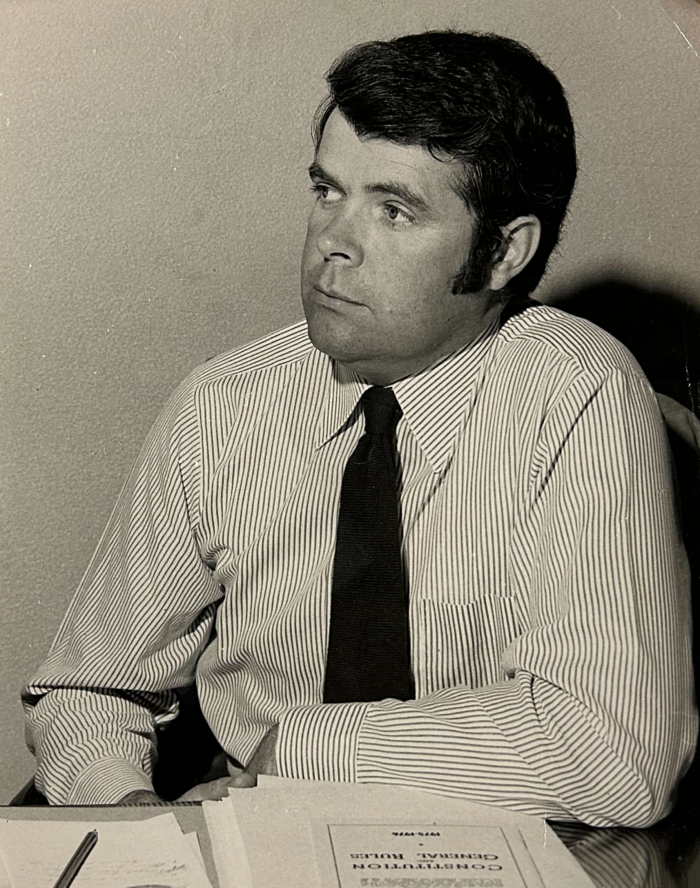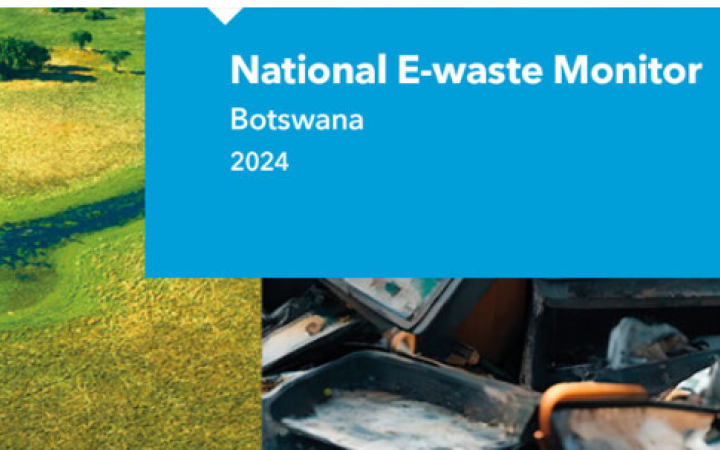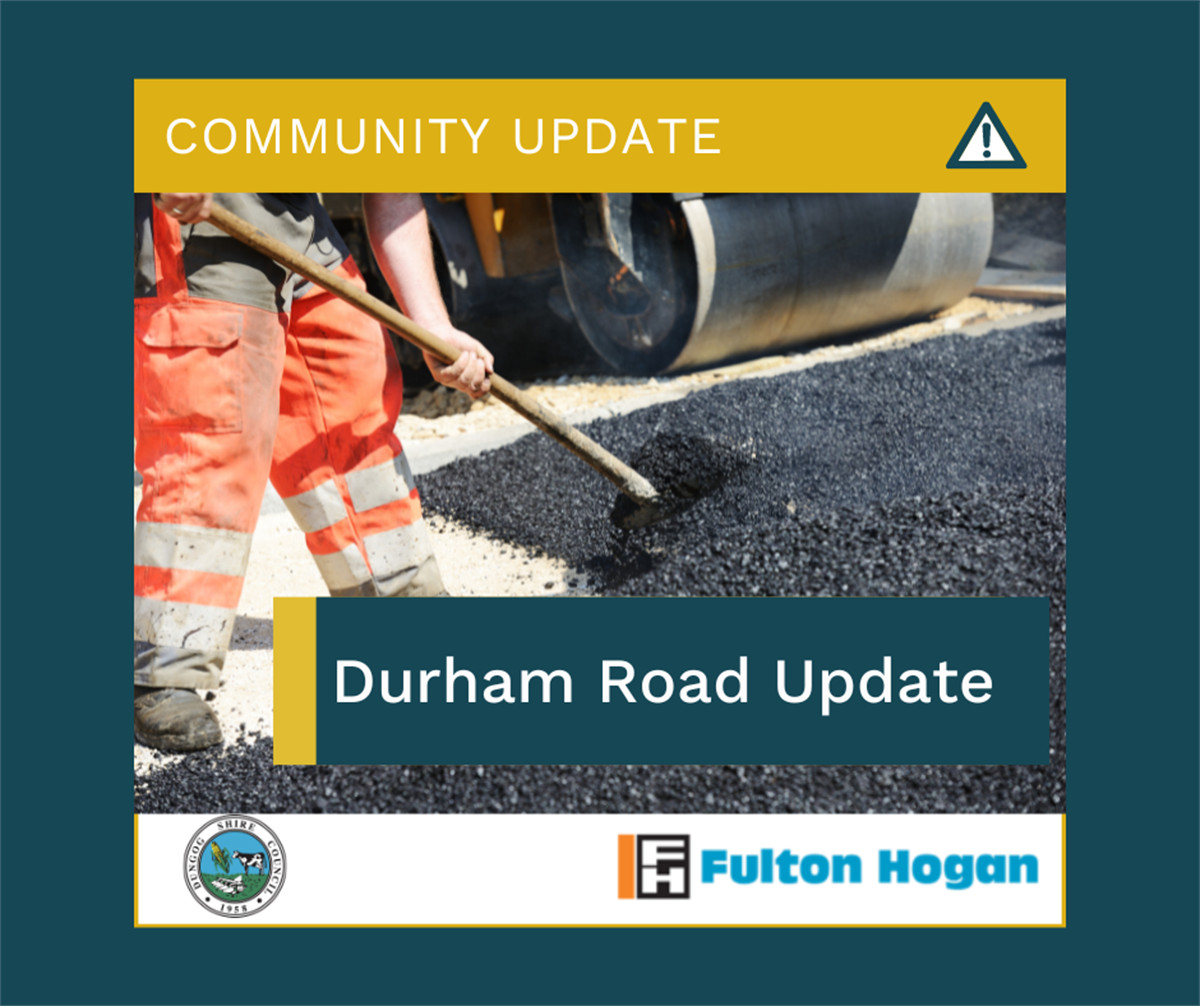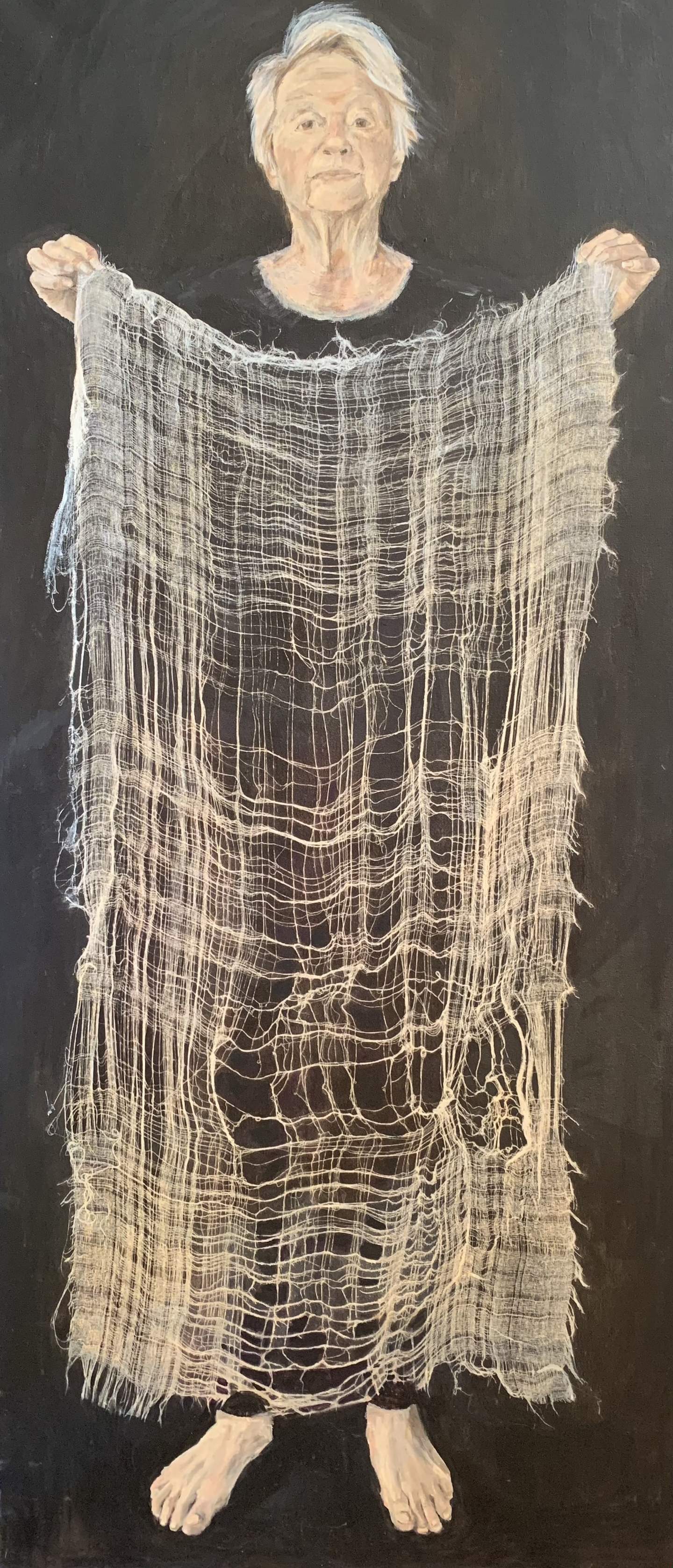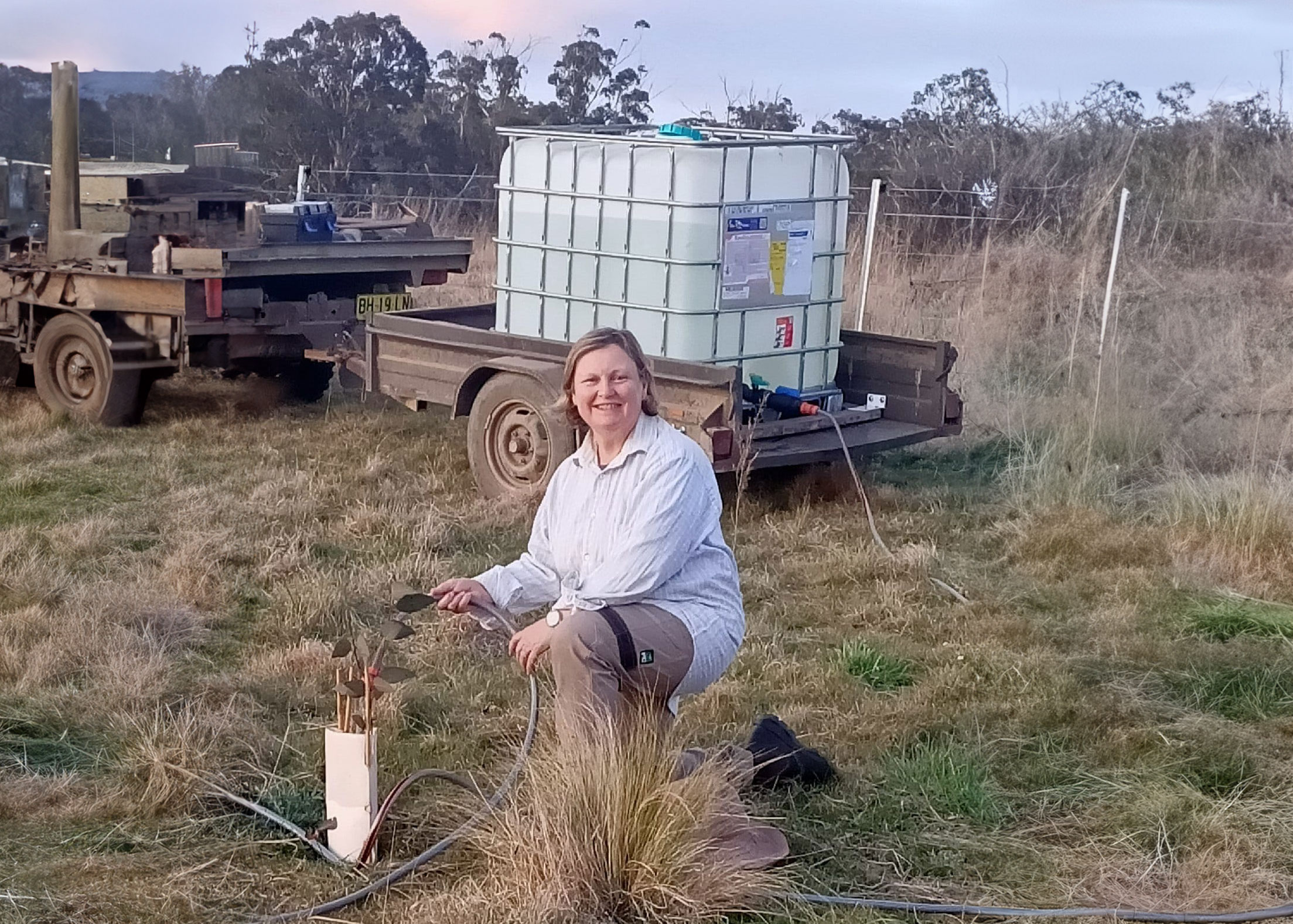
This Spring, we gave away over 3,000 native trees to Land for Wildlife members, to establish more wildlife habitat on private properties across our Shire. The tubestock was distributed from the Moss Vale Depot Community Nursery as part of our conservationfocused partnership with local property owners through the Land for Wildlife program, a straightforward way for landholders to support sustainability without entering into complex legal agreements.
“The habitat trees are provided for free to be strategically planted by property owners in areas that don’t naturally regenerate, serving as shelter belts, windbreaks, and an extension of vital wildlife corridors,” says Wingecarribee Shire Council’s Koala Officer Casey Taylor. “We ensure that our Land for Wildlife members receive tree species suited to their property and provide an holistic support system including access to technical advice and resources.”
By joining Land for Wildlife, you can make a valuable contribution to the conservation of our unique Australian native plants and animals, simply by using the free trees Council provides, to establish areas of wildlife habitat on your property. Participation is not legally binding and will not change the legal status of a property, and the program is free to join.
“Our Environment Team ofer free site assessments, advise on management strategies and actions for your property, and support you to carry out nature conservation on your land,” Casey says. “Many of the local landowners we collaborate with can’t believe the improvements to their property are entirely voluntary and come at no cost, apart from their time and water for the plants until they are established.”
The success of this approach is evidenced in the many local landholders taking part. Together, we’ve made great strides to sustaining biodiversity across Wingecarribee. One example of the benefits to farmland and sustainability is the compounding efect native habitat plantings can have on fenced riparian zones, a best-practice farming approach that protects waterways from the damaging efects of stock access. “It’s wonderful to see the diference taking part has made to this aspect of farming our property,” says a Land For Wildlife member from High Range, Tina Allen.
The trees we provide to property owners are propagated from seed collected locally. With climate change in mind however, we are exploring other seed sources from warmer, drier regions to build climatic resilience into the genetics of the plantings. Seed is grown at commercial nurseries as well as our nurseries at Moss Vale Depot.
Landholders actively participate in the process and let us know how many plants they feel they can realistically care for. Some contribute to data-driven conservation eforts by allowing Council to confidentially record the location of their plantings.
Feel inspired for your property to become part of Land For Wildlife in Wingecarribee? Let’s Talk!
For weekly updates on all that’s happening across our shire join Council’s Your Shire e-news https://www.wsc.nsw.gov.au/Council/Newsletters

